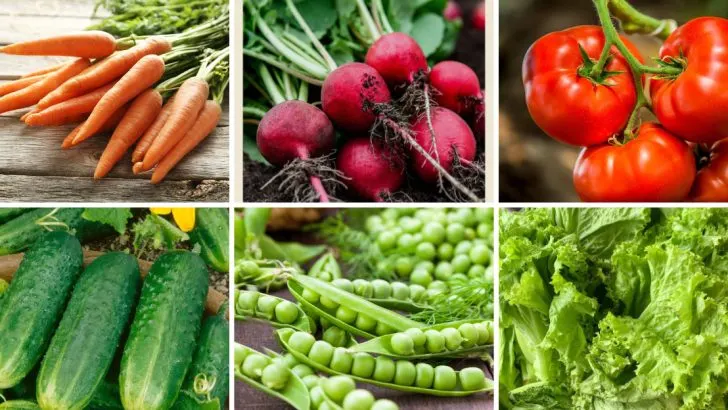Spring has a way of sneaking up on you in the garden. One minute it’s too cold to do much, the next thing you know, it’s mid-April and you’re already behind on planting. Some vegetables actually need that early start to thrive, and waiting too long can seriously cut into your harvest.
On the flip side, there are crops that are perfect for planting right now—no rushing, no stress. Getting the timing right makes all the difference, and a little planning now can save you from a season of playing catch-up. Here are six veggies people tend to start too late in spring, and six that are ready for the ground today.
Carrots

Carrots are a delightful addition to any garden, yet many gardeners plant them too late in the spring. These vibrant root vegetables crave cool soil for the best start. Begin sowing them as soon as the ground can be worked, ensuring a sweet and crunchy harvest.
Understanding the needs of carrots is essential. Their seeds are tiny, demanding patience and gentle care during planting.
As they grow, thinning is vital. Give each carrot room to expand and develop its signature taper. Plant early for the tastiest, most tender roots.
Radishes
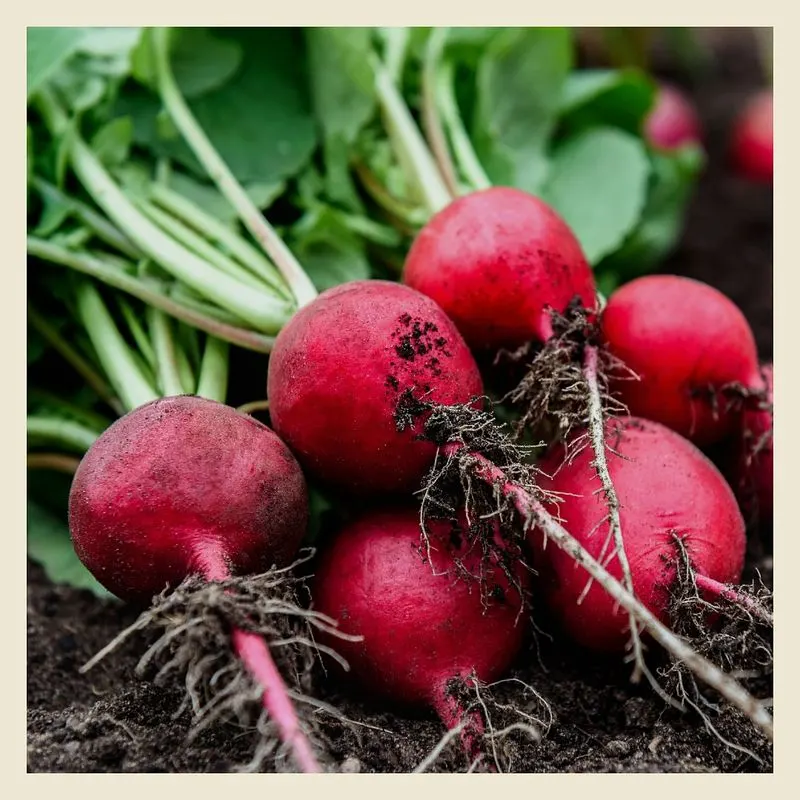
Radishes offer a quick and satisfying crop, but waiting too long to plant can hinder their growth. Sow these speedy vegetables early in spring for the best results. Their short growing season and crisp, peppery flavor make them a rewarding choice for eager gardeners.
Radishes enjoy cooler temperatures, sprouting quickly in the early days of spring. Ensure even spacing to prevent overcrowding.
Harvest them promptly; if left too long, they turn woody and lose flavor. Early planting ensures radishes are crunchy and fresh.
Peas
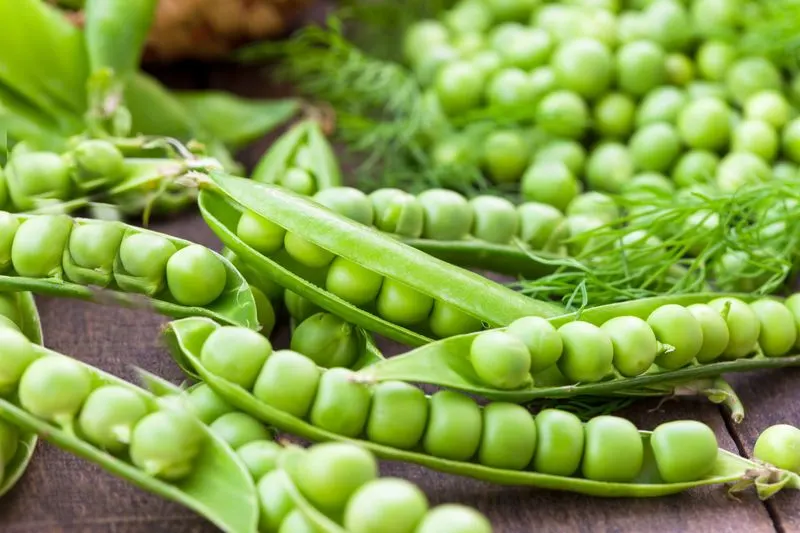
Peas are a garden favorite, but timing is crucial for success. Plant them as soon as the soil is workable in spring. Cool temperatures enhance their sweet flavor and tender texture.
Choose a sunny spot with well-drained soil, and support them with stakes or trellises for climbing varieties.
Peas thrive in the cool, moist weather of spring, so don’t delay. Early planting rewards you with a bountiful harvest of plump, juicy pods, perfect for snacking or adding to salads.
Lettuce
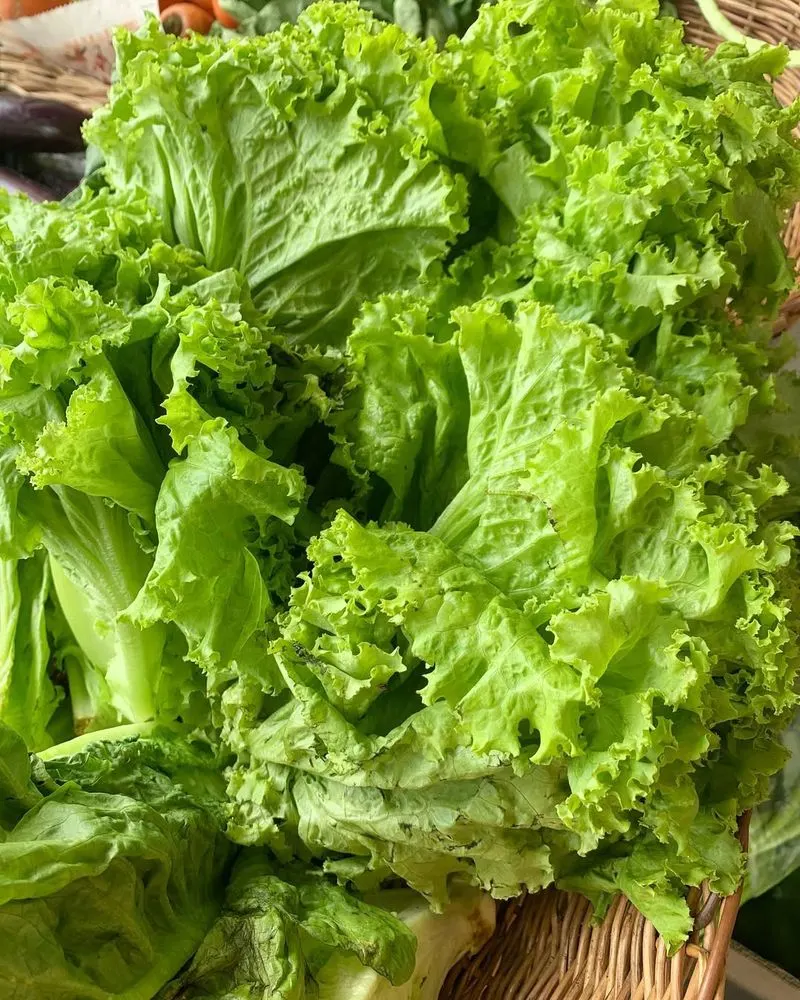
Lettuce is a versatile crop that prefers the cool days of early spring. Starting it late can lead to bitterness and bolting. Plant seeds as soon as possible for a continuous supply of tender leaves.
Lettuce thrives in partial shade with consistent moisture, allowing leaves to grow crisp and sweet.
Regular harvesting encourages new growth, ensuring a steady supply. With early planting, you can enjoy diverse textures and flavors in your salads all season long.
Beets
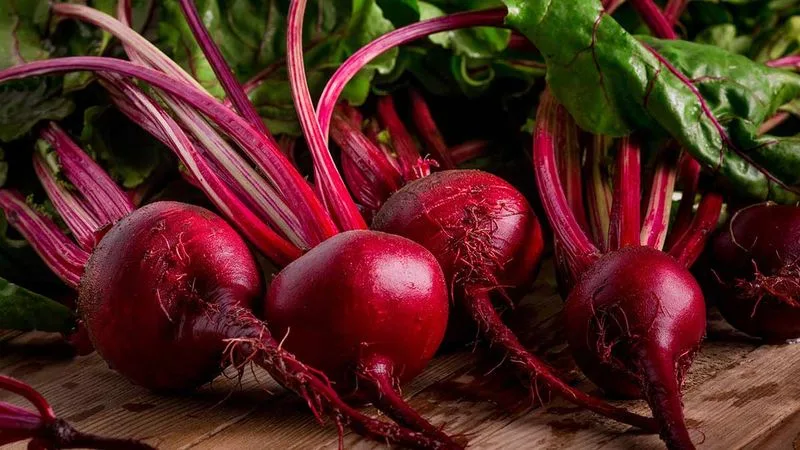
Beets are often underestimated, but planting them early in spring can result in a vibrant harvest. These earthy roots prefer cool soil conditions to start.
Sow seeds directly into the garden once the ground is workable. Beets require thinning to ensure proper growth and development.
As they mature, their sweet, earthy flavor intensifies. Early planting allows beets to develop their full, robust taste, making them a delicious addition to any meal.
Spinach

Spinach thrives in the cool, moist conditions of early spring. Planting this leafy green too late can result in bolting and bitter flavors. Start seeds as soon as the soil can be worked for a continuous harvest.
Spinach enjoys partial shade and well-drained soil, allowing leaves to grow tender and nutritious.
Regular harvesting promotes new growth, providing a steady supply of fresh greens. With early planting, you’ll enjoy sweet, crisp spinach leaves in your salads and dishes.
Tomatoes

Tomatoes crave warmth and sunshine, making them a must-plant in late spring or early summer. Starting seeds indoors and transplanting when the soil warms up ensures strong, healthy plants.
Providing support like cages or stakes helps tomatoes grow upright, ensuring they receive ample sunlight.
Keep soil consistently moist and fertilize regularly for juicy, flavorful fruits. By planting at the right time, you can enjoy a bountiful harvest of plump, ripe tomatoes, perfect for salads, sauces, and more.
Cucumbers

Cucumbers delight in warm weather, thriving when planted later in the spring. By waiting until the soil has warmed, you give them the best start. Start seeds indoors or directly sow them in a sunny spot.
Cucumbers need support from trellises to grow upward, optimizing space and air circulation.
Water consistently to keep them crisp and juicy. Timely planting ensures a steady supply, perfect for refreshing salads or pickling. Embrace the warmth for the best cucumber harvest.
Bell Peppers
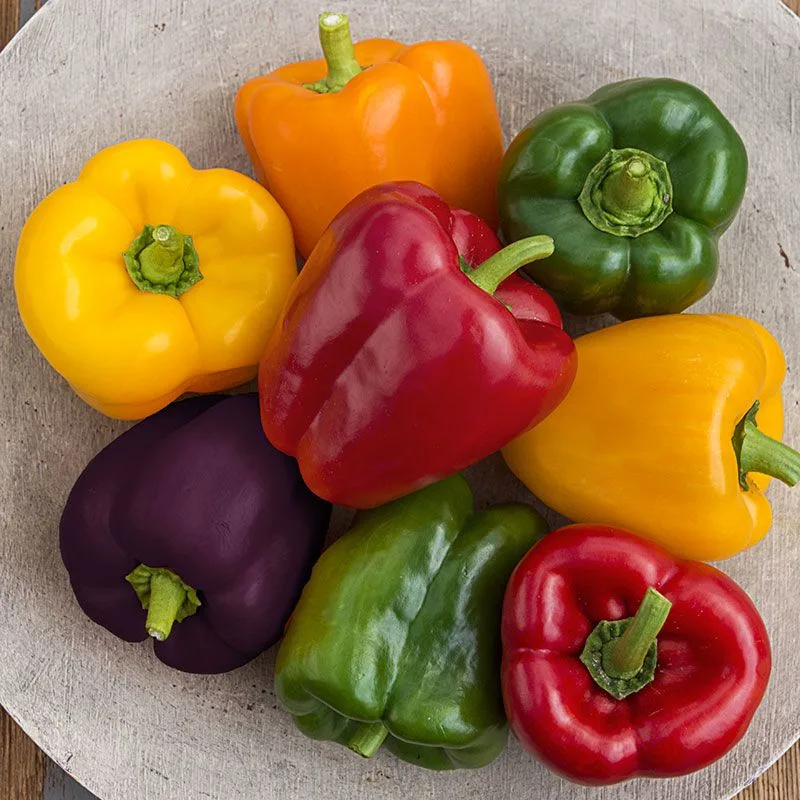
Bell peppers need a warm environment to thrive, so late spring is the ideal planting time. Transplant seedlings once the danger of frost has passed and the soil is warm.
They require full sun and rich, well-drained soil for optimal growth.
Regular watering and fertilization support the development of sweet, colorful fruits. By planting at the right time, you’ll enjoy a harvest of crisp, flavorful bell peppers, perfect for cooking or fresh snacking.
Zucchini
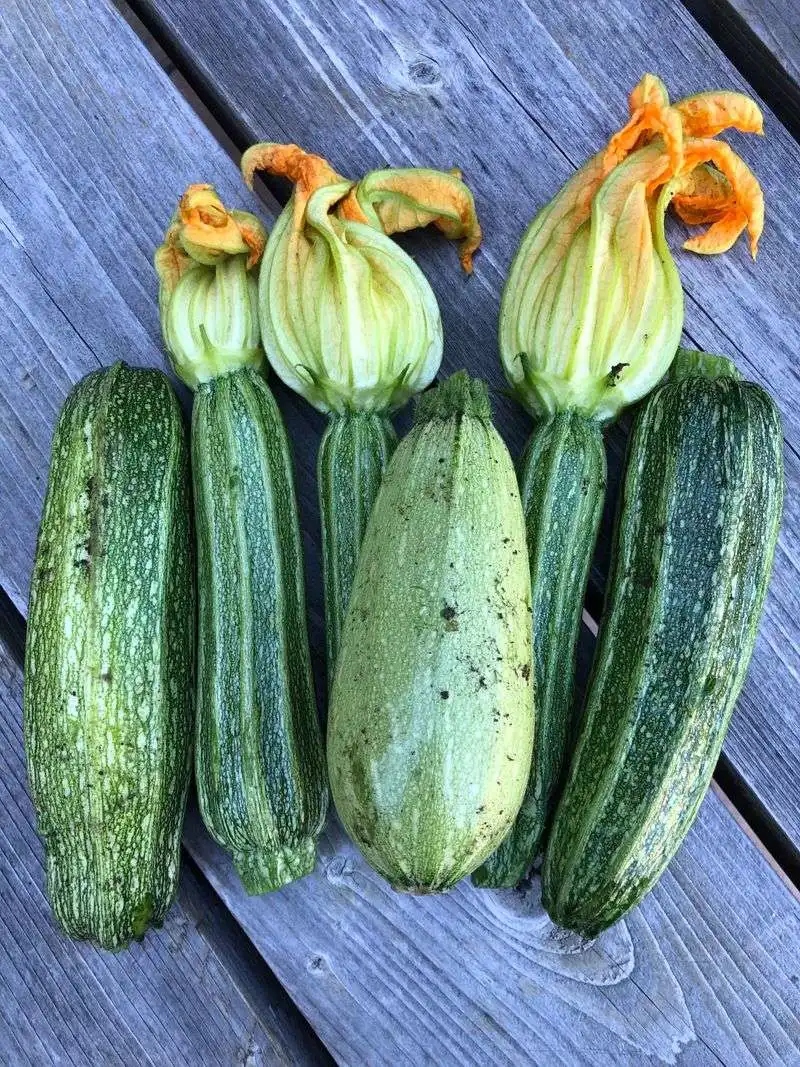
Zucchini loves warm weather and should be planted once the risk of frost is over. This prolific producer needs space to spread, so ensure adequate room in your garden.
Rich, well-drained soil and consistent watering lead to an abundant harvest. Zucchini blossoms attract pollinators, enhancing fruit production.
Timely planting ensures a steady supply of tender, versatile zucchinis, perfect for grilling, baking, or sautéing. With proper care, your plants will flourish all summer long.
Sweet Corn

Sweet corn requires warm soil and lots of sunshine, making late spring the perfect time to plant. Sow seeds directly in the garden in blocks for better pollination.
Corn thrives in rich, well-fertilized soil, and regular watering is essential for juicy kernels.
Space plants properly to allow for ample growth and airflow. By planting at the right time, you’ll enjoy sweet, flavorful corn, ideal for summer barbecues and family feasts.
Eggplants
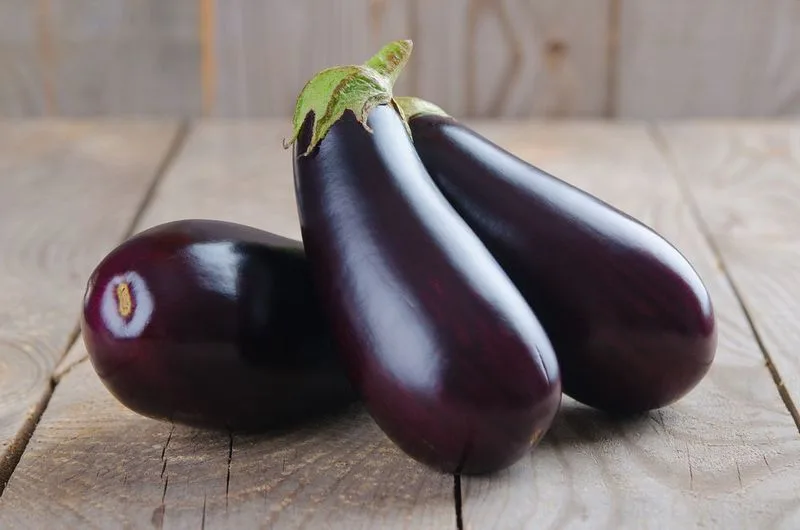
Eggplants flourish in warm temperatures and should be planted in late spring. Start seeds indoors and transplant them once the soil is consistently warm.
Eggplants require full sun and nutrient-rich soil. Regular watering and mulching help retain moisture, promoting robust growth.
With timely planting, you’ll enjoy a harvest of glossy, tender eggplants, perfect for grilling or adding to savory dishes. Their unique flavor and texture make them a garden favorite.

